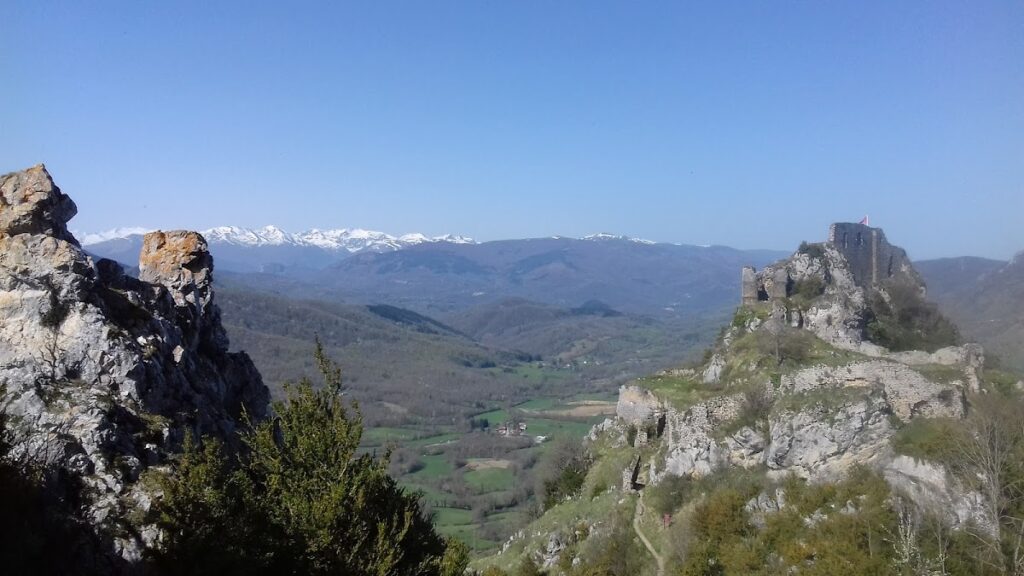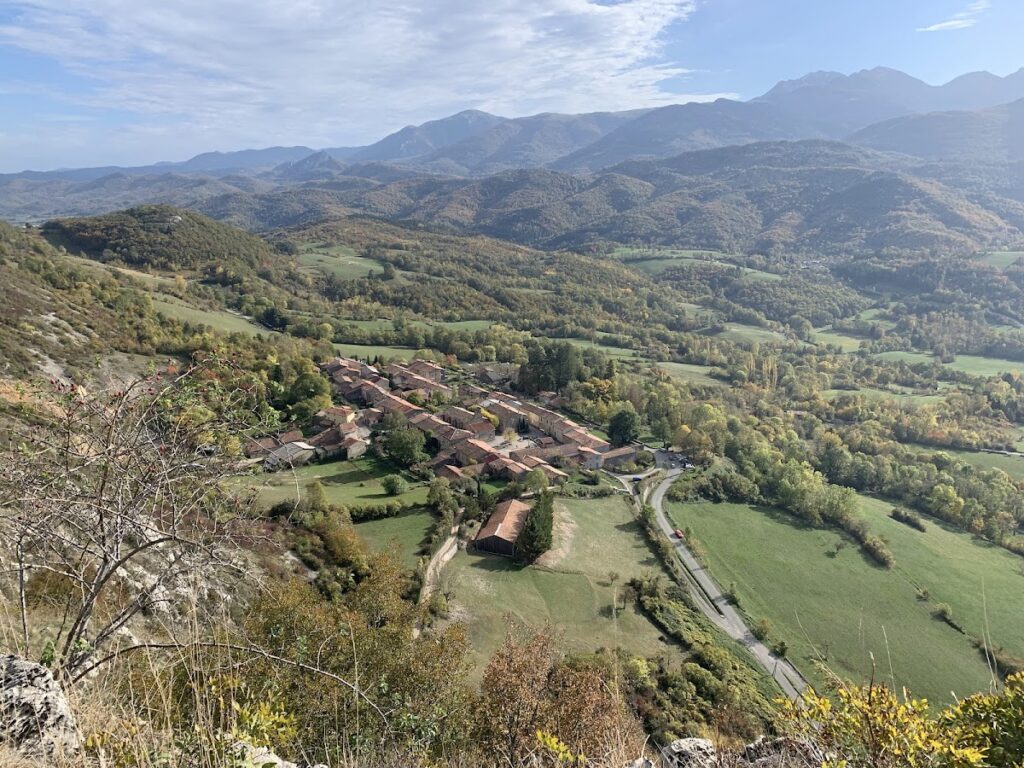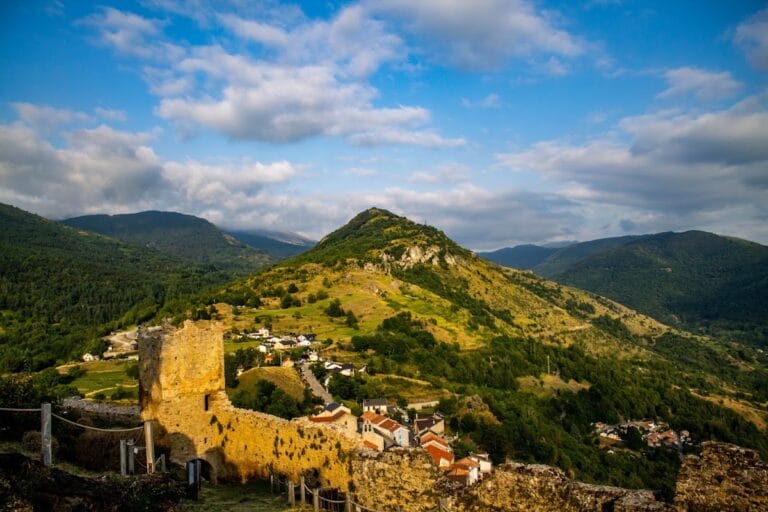Château de Roquefixade: A Medieval Fortress in Roquefixade, France
Visitor Information
Google Rating: 4.5
Popularity: Low
Google Maps: View on Google Maps
Official Website: www.roquefixade.fr
Country: France
Civilization: Unclassified
Remains: Military
History
The Château de Roquefixade is located in the commune of Roquefixade in modern-day France. This medieval fortress, built by the local nobility of the region, first appears in records dating back to the year 1034.
During the early Middle Ages, the castle was held by the seigneurs of Pailhès. A notable event took place in 1205 when Raimon de Péreilhe, who also controlled the castles of Péreilhe and Montségur, married Corba de Lanta at Roquefixade. In the early 13th century, the castle became a refuge for the Cathars, members of a Christian religious movement branded heretical by the Catholic Church. During the Albigensian Crusade, an effort by the French crown and church to suppress the Cathars, the fortress was attacked and seized by the crusader leader Simon de Montfort in 1212, shortly after the surrounding village was set on fire.
The castle’s strategic importance grew in the latter half of the 13th century. In 1272, King Philip III of France took control of Roquefixade after the surrender of Roger-Bernard III, Count of Foix. To secure the frontier with the Kingdom of Aragon, the king established a royal garrison there in 1278. This military presence affirmed the castle’s role as a border stronghold. Nearly two centuries later, in 1463, the castle was returned to the Counts of Foix by King Louis XI, with ownership granted to Gaston IV.
In the period spanning the 15th and 16th centuries, the castle saw various modifications, reflecting ongoing military and residential needs. However, its fortunes declined after participating in the Languedoc uprising against royal authority. In 1632, King Louis XIII ordered its destruction following this rebellion, which ended with the capture and imprisonment of Henri II de Montmorency, a leading noble involved in the revolt.
Later, in 1675, Vital Guilhon de Lestang, Baron de Celles, acquired the ruined fortress. His family maintained ownership throughout the ancien régime until the French Revolution when the castle was sold as national property. Recognizing its historical value, the French government officially listed the remains as a protected monument in 1995.
Remains
Perched on a limestone ridge approximately 400 meters northwest of the village of Roquefixade, the castle retains a striking relationship with its natural surroundings. It was constructed atop a prominent split in the rock, a geological fissure spanned by a vaulted arch on the northern slope. This distinctive natural feature inspired the name “Roquefixade,” derived from the Occitan term “roca fissada,” meaning “split rock.”
The fortress consists of two distinct enclosures. The outer area leads through a narrow passage and a discreet postern gate into the inner stronghold, which forms the heart of the castle. To reach the main courtyard, one would first cross a small fortified gatehouse known as a châtelet before entering the donjon, or keep, area. The donjon’s enclosure notably bridges the rock fissure by means of an overhanging arch, integrating the castle’s design directly with the rugged landscape.
At the highest point stood a large tower that once dominated the site. This tower underwent a remodeling phase in the 14th century, reflecting the evolving defense needs of the fortress during the medieval period. The southern side of the castle overlooks the village below, while the ridge offers panoramic views of surrounding landmarks, including the Pic de Soularac, Pic de Saint-Barthélemy, Roc de la Lauzade, Roc Marot, and the distant Tabe massif.
Today, the ruins remain in a dilapidated state, yet key structural elements endure, illustrating how the builders adapted the fortress to the natural topography and emphasized defense. The surviving masonry and vaulted arches provide valuable insight into medieval construction techniques and the castle’s strategic role in regional conflicts.










